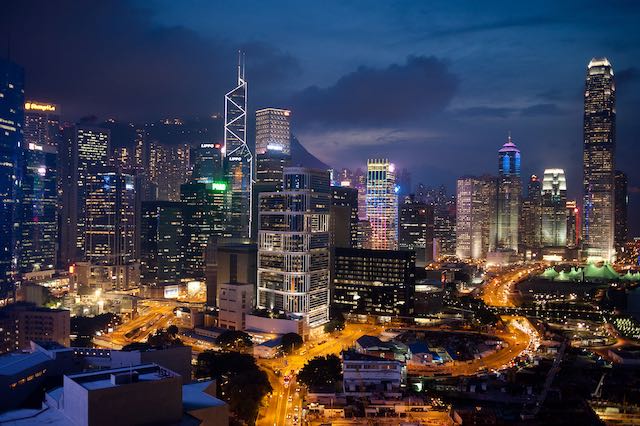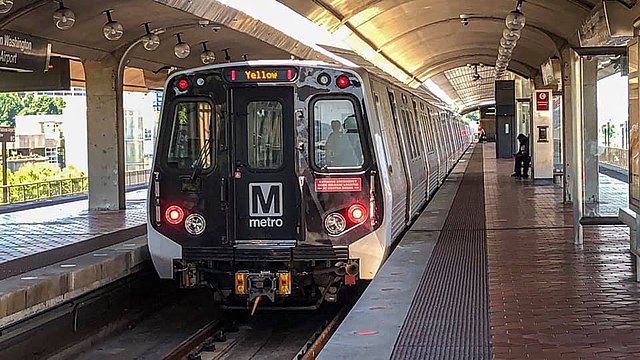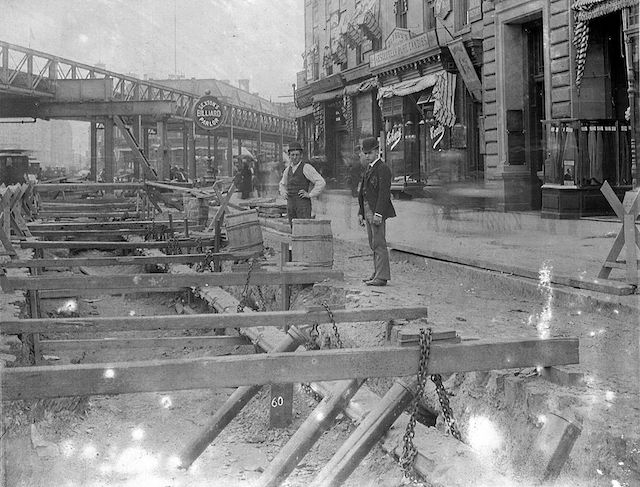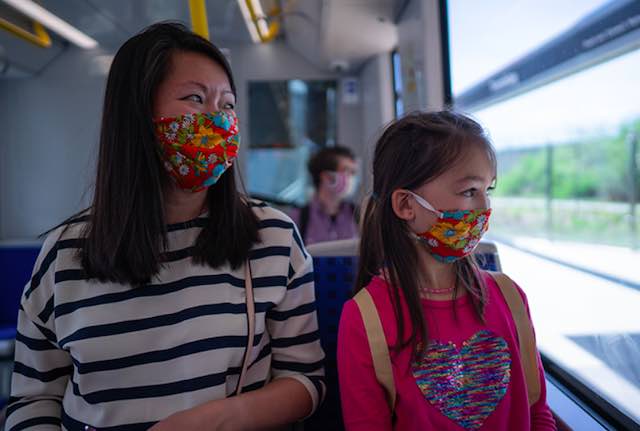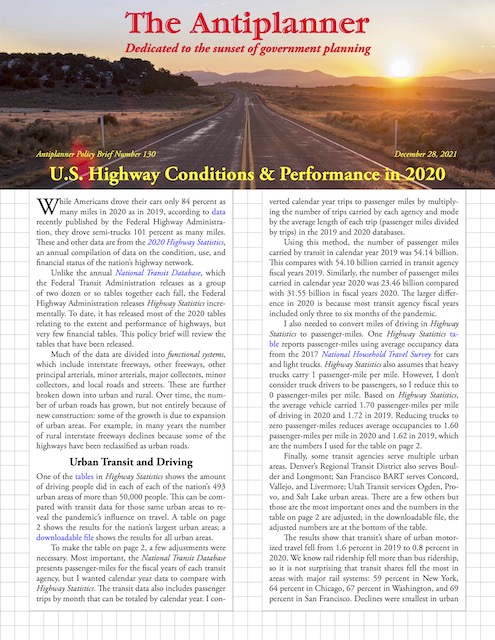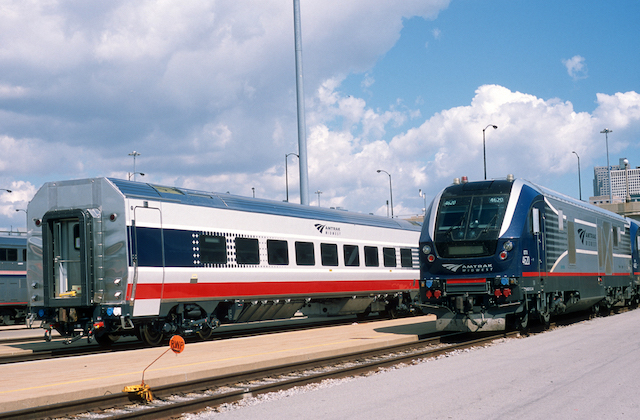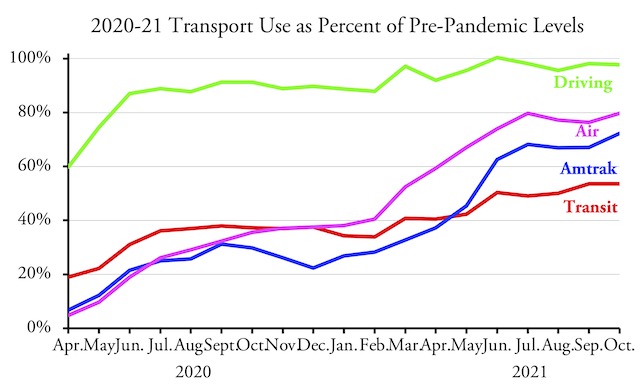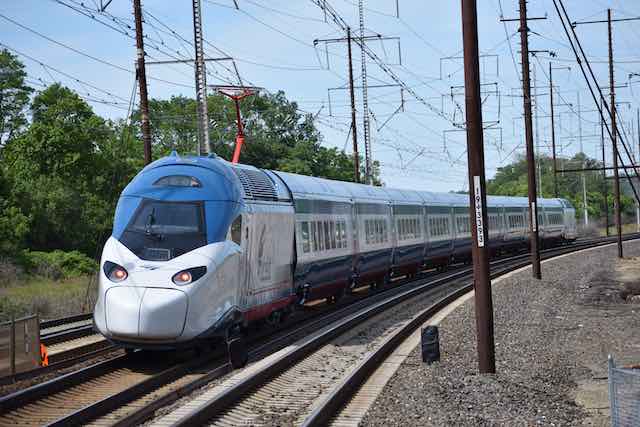Two people died last week when their car was struck by a Brightline train in Aventura, Florida. That made a total of five fatalities to Brightline trains in December alone. Railroad officials were quick to blame the latest accident on the auto driver, who drove “around the gates, which were down, flashing and bells ringing, signaling an approaching train.”
Google street view at or near the location where two people were killed in their car last week while trying to cross Brightline tracks. Not only do the crossing gates not cover the entire width of the road, there are no fences to keep pedestrians off the rail right of way.
“Americans are morons,” a railroad conductor commented on a Jalopnik article about the accident. But who is the moron: the person who drove around the crossing gates or the person who decided to run 79-mph passenger trains on tracks whose crossing gates had been installed when the only trains running on those tracks were 40-mph freights? Continue reading


